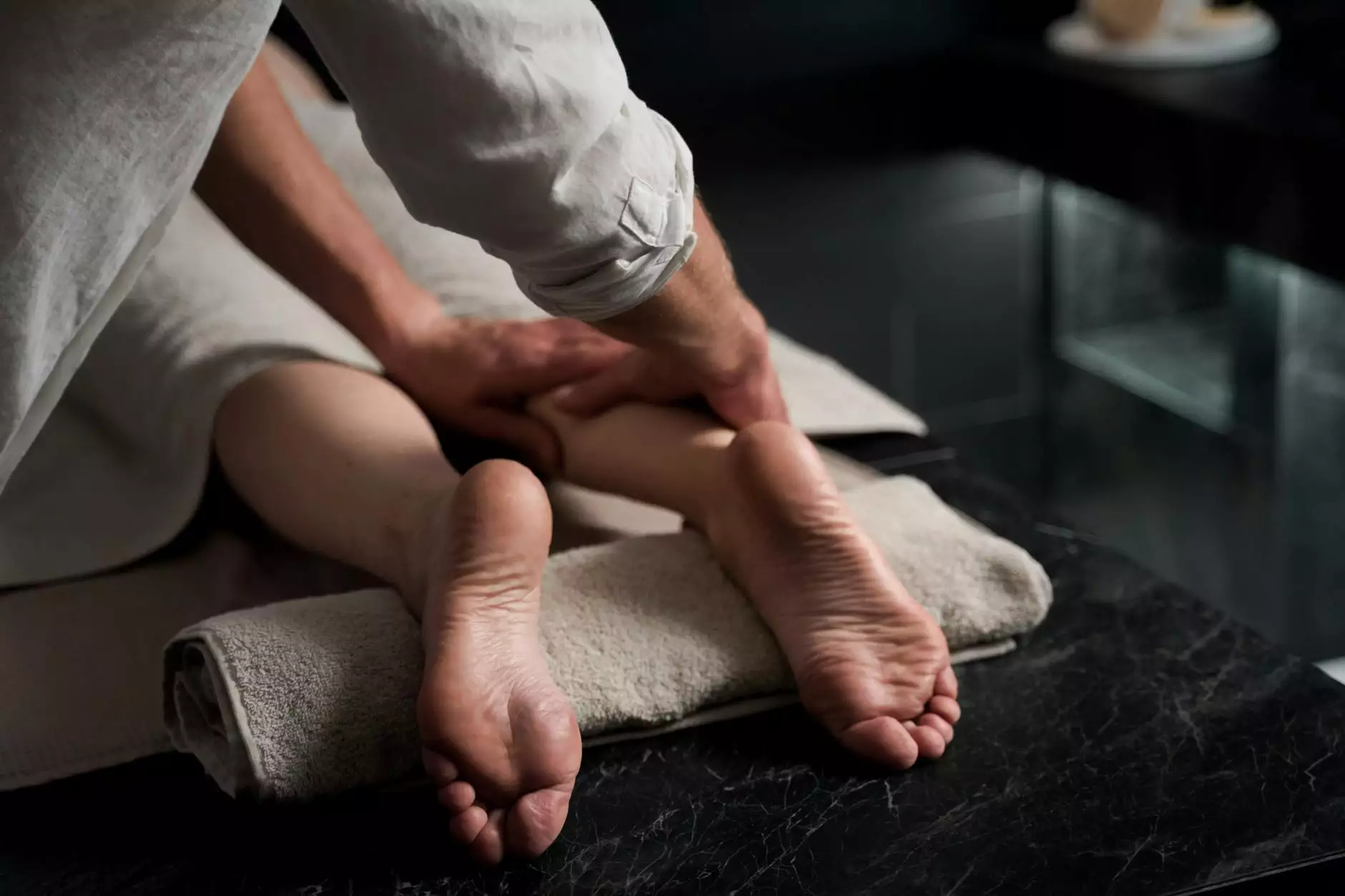Where Are the Sesamoid Bones Located?
Orthopedic Surgery
Welcome to Bowling Orthopaedics, your trusted source for comprehensive information about bone health and orthopaedic conditions. In this featured article, we will delve into the fascinating world of sesamoid bones and explore their location, function, and significance within the human body.
Understanding Sesamoid Bones
Sesamoid bones are unique structures found in various areas of the body, acting as anchors for tendons and providing mechanical advantages for movement. Despite their small size and often hidden location, these bones play a crucial role in maintaining overall mobility and stability. Let's explore their specific locations in the human body:
The Patella
In the context of our discussion, one of the most well-known sesamoid bones is the patella, commonly known as the kneecap. The patella is located in the front of the knee joint, protecting the joint and aiding in the smooth gliding of the thigh bone (femur) over the shinbone (tibia). It acts as a fulcrum, allowing the quadriceps muscle to generate more power during extension movements, such as walking, running, and jumping.
The Foot
Sesamoid bones in the foot are smaller and less recognized, but they still serve essential functions. There are two sesamoid bones near the base of the big toe called the medial and lateral sesamoids. These bones are embedded within the tendons that control the movement of the toe, acting as pulleys, improving strength, reducing friction, and enhancing the foot's shock absorption capabilities.
Moreover, additional sesamoid bones can sometimes be found under the heads of the metatarsal bones, contributing to the efficient distribution of weight and providing stability during weight-bearing activities such as walking and running.
The Significance of Sesamoid Bones
The strategic positioning of sesamoid bones allows them to absorb and distribute forces, reducing pressure on tendons and protecting joint structures. Sesamoids also play a vital role in overall biomechanics, enhancing leverage, and improving the efficiency of movement.
When it comes to the foot, these bones act as a central axis, facilitating smooth bending of the toes while walking or running, promoting balance, and distributing forces evenly to minimize stress on the foot's structures. They also assist in maintaining the arches of the foot, preventing excessive flattening and providing additional support.
In the knee, specifically the patella, sesamoid bones act as a fulcrum for the quadriceps muscle, enabling frictionless gliding and efficient transmission of forces. This efficient mechanism helps to prevent excessive wear and tear on the knee joint, preserving its longevity and functionality.
Common Conditions Involving Sesamoid Bones
While sesamoid bones are crucial for optimal functionality, they are also susceptible to certain conditions that can cause discomfort and affect daily activities. Some common conditions involving sesamoid bones include:
Sesamoiditis
Sesamoiditis refers to the inflammation or irritation of the sesamoid bones, often caused by overuse, repetitive activities, or direct trauma. Symptoms may include pain, swelling, and difficulty bearing weight on the affected foot. Proper rest, modified activity, and supportive footwear are typically recommended to alleviate symptoms and promote healing.
Sesamoid Fractures
Sesamoid fractures, which can be caused by acute injuries or chronic stress, involve a break or crack in one or both sesamoid bones. Symptoms may include severe pain, bruising, difficulty bending the affected toe, and swelling. Treatment options range from conservative methods, such as immobilization and pain management, to surgical intervention, depending on the severity of the fracture.
It is important to seek professional medical advice if you suspect any issue with your sesamoid bones, as an accurate diagnosis and appropriate treatment plan are essential for a full recovery and the restoration of optimal function.
Conclusion
In conclusion, sesamoid bones are remarkable structures that contribute significantly to the overall stability, functionality, and efficient movement of the human body. Understanding their locations, functions, and the importance they hold can help individuals appreciate the intricacies of their musculoskeletal system and make informed decisions regarding their bone health and overall well-being.
Visit Bowling Orthopaedics today for more informative articles on various orthopaedic topics, empowering you with the knowledge to take charge of your bone health and lead an active lifestyle!




